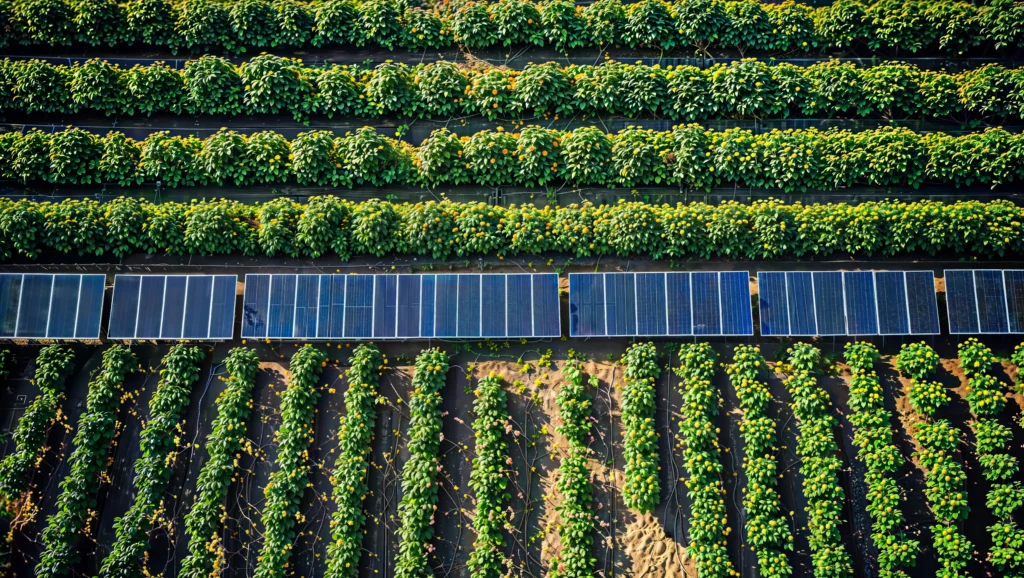Solar cells (which are the core component of solar panels) have become remarkably light, now measuring just a fraction of a millimeter in thickness and weighing no more per square meter than a leaf on a bush. Astonishingly, the total weight of the solar cells required to meet an individual’s lifetime electricity needs is less than 10 kilograms. Since these cells are primarily composed of silicon—the second most abundant element in the Earth’s crust—and production methods are highly efficient, manufacturing enough solar cells to power the world’s daytime electricity demands is achievable.
However, one key challenge arises when deploying these cells in real-world environments where the solar cells must endure extreme weather conditions. This necessity results in the construction of robust solar panels, mounting systems, and ground structures designed to withstand high winds and storms. Consequently, the total weight of a solar farm can be more than 100 times greater than the weight of the solar cells alone. This increased weight drives up both material and installation costs while introducing limitations on where and how solar farms can be constructed.
Nature faces a similar challenge. Bushes and trees are have evolved to endure extreme weather while maintaining lightweight structures. Unlike solar farms, the total weight of a bush, including roots and stems, is only a fraction of the weight of a solar farm per area of sun-exposed surface. How is this achieved? The answer lies in wind-adaptive design.

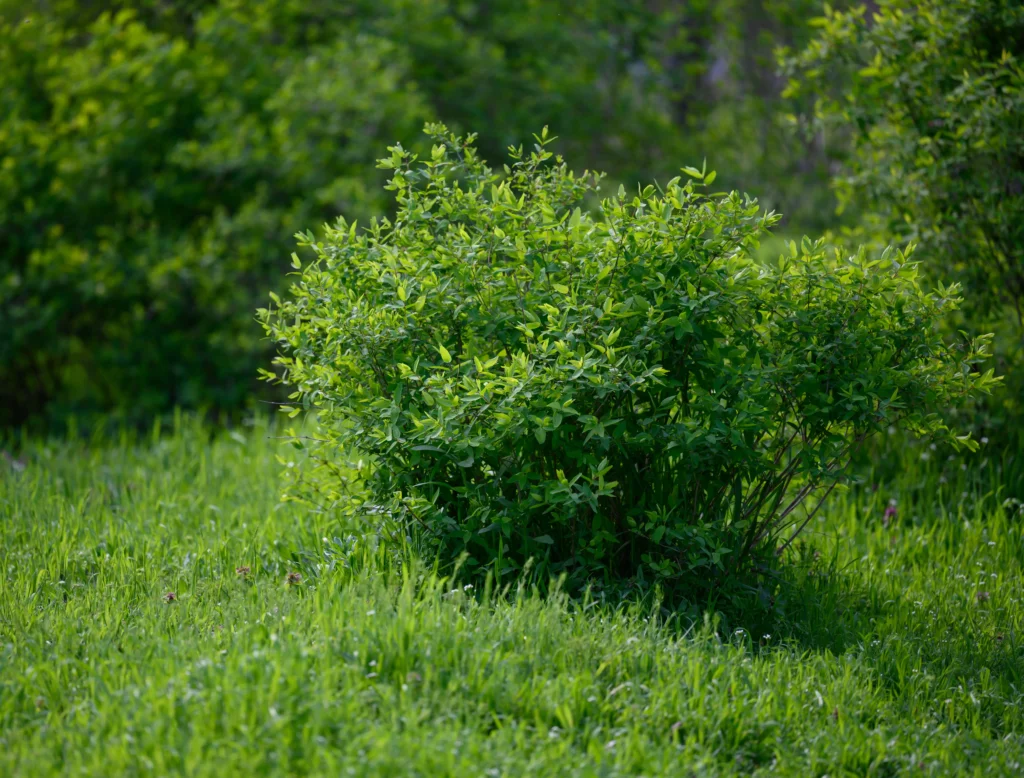
Bushes and trees minimize wind force by allowing their leaves to align with the wind, reducing up to 90% of the force during storms. Their flexible branches absorb wind gusts, acting as natural shock absorbers. This results in stems and branches that weigh far less than today’s solar mounting systems. Despite intense competition and advancements in the solar industry, current solar farm designs fall short of emulating nature’s efficient solutions.
Brute force wind handling: A flawed design
The fundamental flaw in mounting systems that aim to handle wind through brute force is evident in their sheer material intensity. Unlike lightweight natural structures such as bushes, these systems rely on massive amounts of steel or aluminum to stand rigid against high winds. This inevitably drives up both manufacturing and installation costs. Moreover, no matter how robustly engineered, a rigid design has an upper limit to the wind forces it can endure. Even if built to withstand gusts of 40 m/s or more, a storm of unprecedented intensity can—and has—overpowered such systems. One recent example is the December 10, 2024, storm Darragh in the UK, which exceeded 40 m/s and resulted in the destruction of a large solar farm. These failures highlight the inherent risk in betting solely on stiffness, rather than embracing designs that adapt dynamically to changing wind conditions.
Wind-adaptive technology on the other hand has already proven to be successful in various industries. For example:
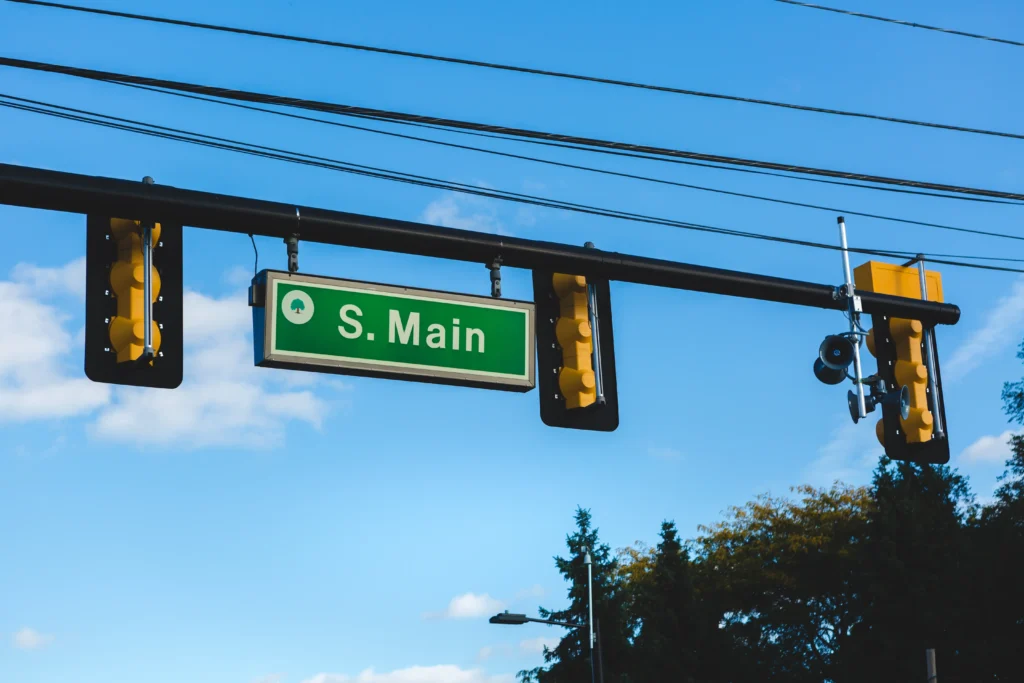
In many parts of the USA, wind-adaptive traffic signs are hinged to minimize wind resistance.
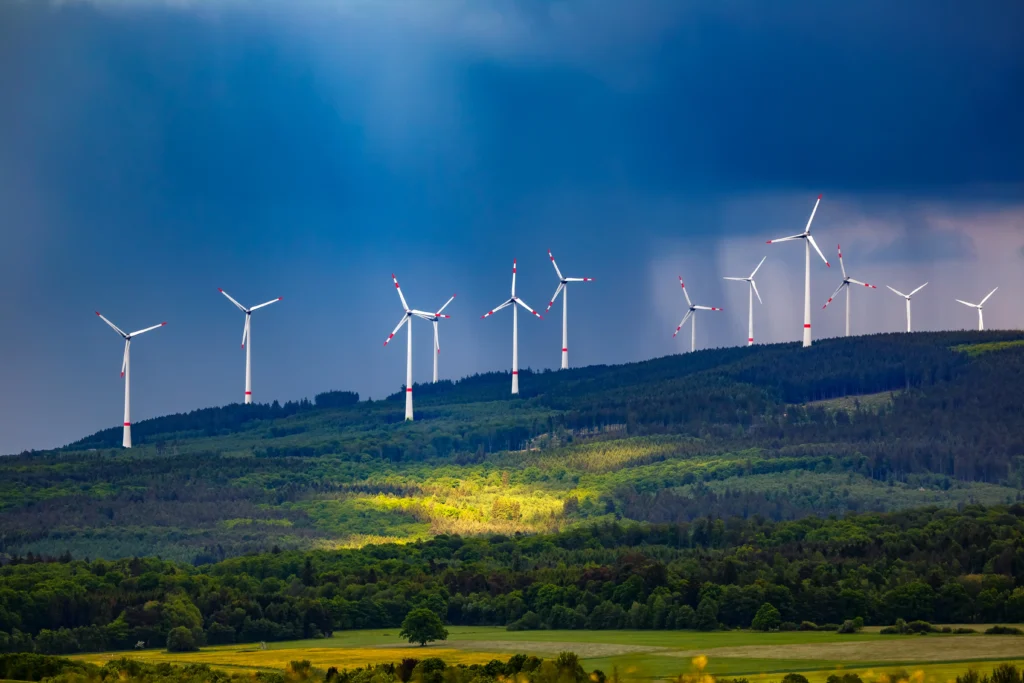
These are typically designed as weathervanes, aligning with wind direction to reduce force.
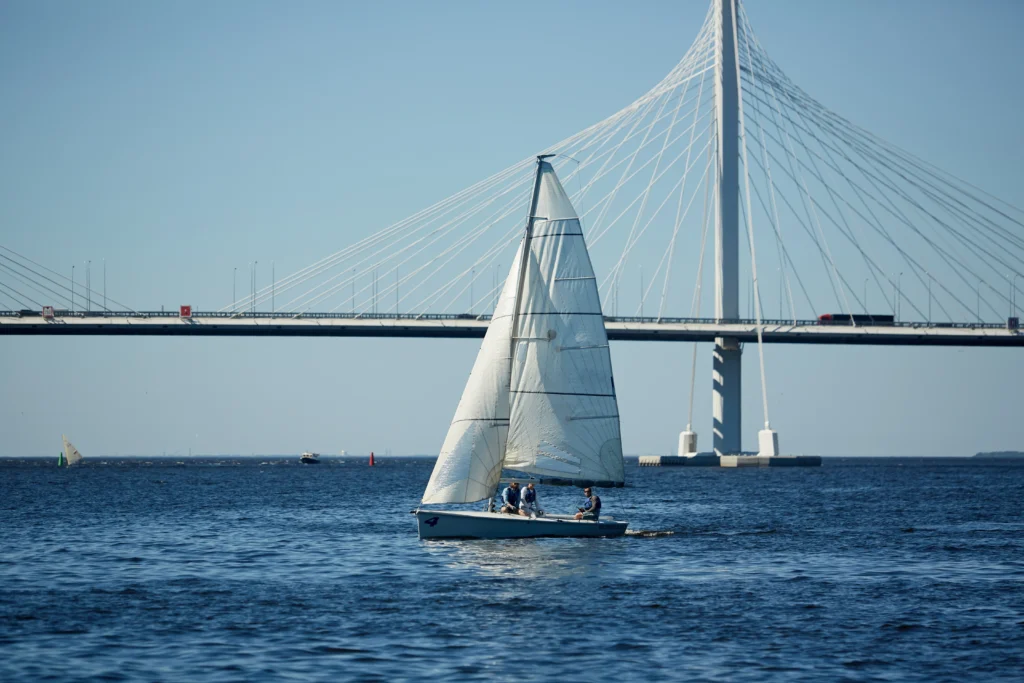
Some modern designs feature hinged sails to decrease strain during extreme winds.
Extensive research supports the potential of wind-adaptive structures. Studies such as Dynamic Wind Load Mitigation through Structural Adaptation (Journal of Structural Engineering, 2018) and Wind Load Reduction Techniques for Flexible Structures (Proceedings of the International Conference on Wind Engineering, 2019) demonstrate that significant wind load reductions can be achieved through adaptive designs. Some early attempts at wind-adaptive technology have also been tried in the solar industry, albeit with flawed execution.
For instance, one-axis solar trackers historically placed panels in a stow mode during storms, orienting them parallel to the ground to minimize wind exposure. However, this design sometimes led to torsional galloping, where panels experienced self-reinforced twisting, causing catastrophic failure. Leading tracker companies have since abandoned this approach and instead have a non-wind adaptive stow mode where the panels are fixated at an angle where they catch the wind.
To successfully integrate wind-adaptive technology in solar farms, three key challenges must be addressed:
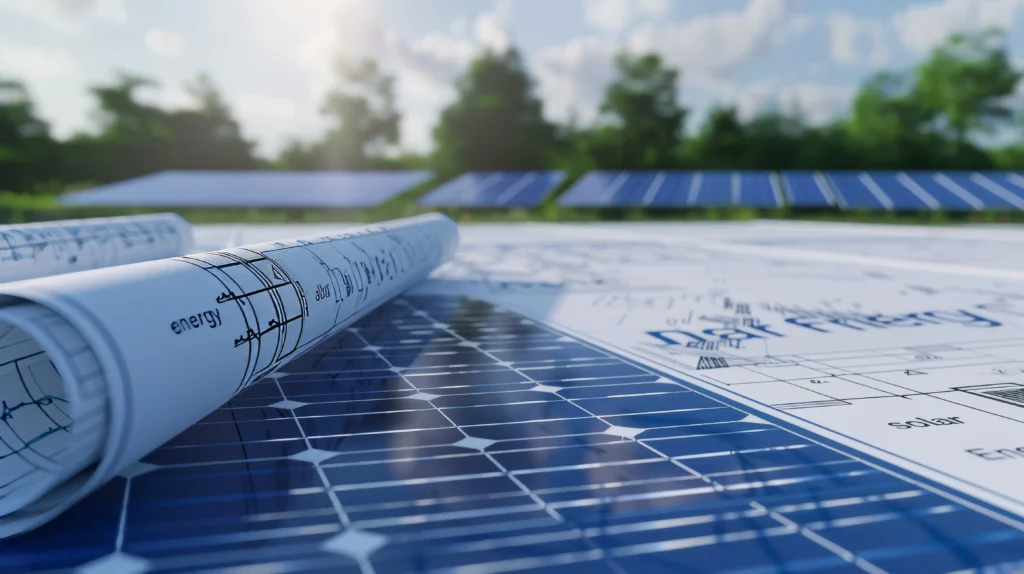

Vaja is at the forefront of wind-adaptive solar research, with extensive wind tunnel tests, full scale testing with hurricane wind strengths, and demo installations in particularly windy locations. As a result, we have ensured that these challenges can be addressed in a commercially viable manner. Starting in 2025, Vaja will roll out groundbreaking wind-adaptive solar technologies, revolutionizing how solar farms are built and operated. Stay posted!
In the first quarter of this century, the cost of solar cells dropped to just a fraction of their price in the year 2000. As solar cells once accounted for the majority of solar farm costs, this reduction has propelled solar energy from a niche solution to the fastest-growing energy source globally. However, the cost of mounting systems has not followed the same downward trend, and further price reductions seem limited given current design constraints.
With today’s design strategies, the cost of mounting systems has reached parity with the cost of the raw materials they use, leaving little room for cost reductions. Additionally, the design has already been optimized to withstand storms as effectively as is possible (given the non wind-adaptive approach). If the solar revolution is to be sustained in the second quarter of this century, this time transitioning away entirely from coal and natural gas, something further is needed.
Wind-adaptive solutions offer a transformative path forward, promising to reduce costs, enhance durability, and unlock new possibilities for solar deployment. This includes addressing specific phenomena like torsional galloping and ensuring that all structural elements work harmoniously under varying conditions.
The next chapter in solar technology is here. Vaja is leading the way.
